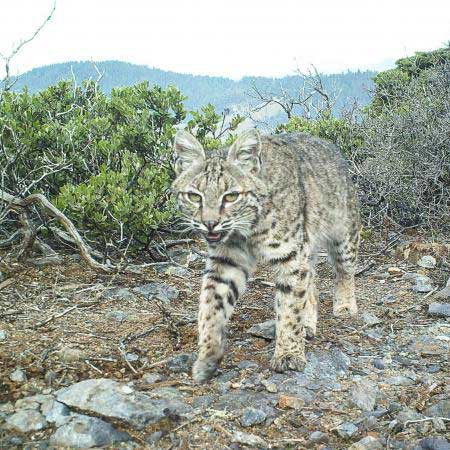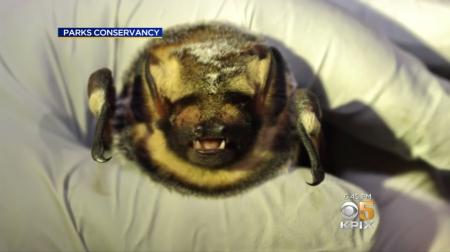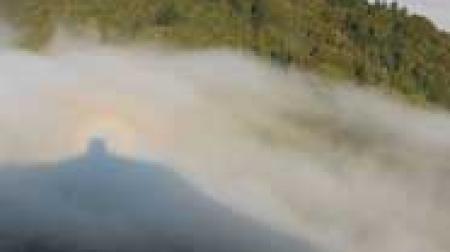Mammals
Knowledge about the mountain’s mammalian residents varies. New information coming in from remote cameras installed in 2014 as a part of the Marin Wildlife Watch community science program is helping land managers better understand the diversity and distribution of mammals across Mt. Tam’s different habitats.
Bats are an important group of mammals that we didn't know much about until we began a new monitoring program in 2017. Mt. Tam supports a diverse bat community; however, until recently, informational studies were limited. In addition to providing valuable ecosystem services, bats are important ecological indicators. They are sensitive to a wide range of environmental factors, including climate change, habitat loss/fragmentation, pesticides/insect availability, disease, drought, wildfires, and human disturbance (especially at breeding colonies). Bats serve as effective proxies in identifying and understanding habitat features available not just for their own species, but for other taxa that depend on them.
The charisma of North American river otters (Lontra canadensis) makes them excellent ambassadors for watershed conservation and wetland restoration. These apex predators play an important role in ecosystem health, and their use of both terrestrial and aquatic habitats makes them good indicators of multiple habitat types.
Extirpated Mammals
Species that are no longer found on the mountain are also important to consider when thinking about ecosystem health. Changing land use, development, hunting, wildlife persecution, collecting, and the introduction of non-native species since the time of European settlement have resulted in the loss of many native mammals from Mt. Tam. Species lost likely include grizzly bears (Ursus arctos), gray wolves (Canis lupus), tule elk (Cervus canadensis nannodes), pronghorn antelope (Antilocapra americana), North American beavers (Castor canadensis), California ground squirrels (Otospermophilus beecheyi), ringtail cats (Bassariscus astutus), mountain beavers (Aplodontia rufa), and the salt marsh harvest mouse (Reithrodontomys raviventris).
Having already lost many mammals from the mountain, it is important that we maintain the species that are still there, and make sure that the key ecological roles and functions that they serve are not lost.
| Wildlife | Condition & Trend | Confidence | |
|---|---|---|---|
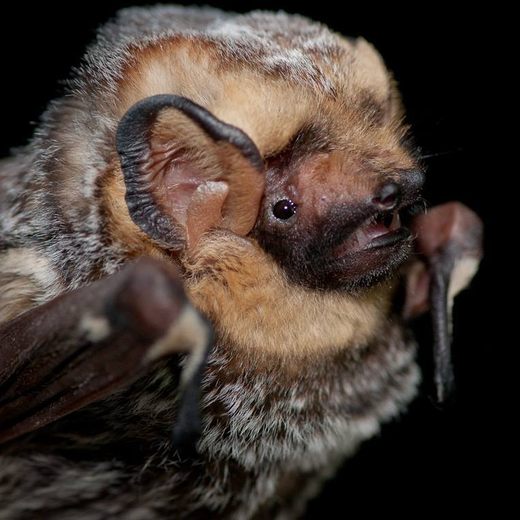 |
Bats |
Moderate | |
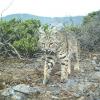 |
Mammals (Overall) |
Moderate | |
 |
North American River Otter |
Moderate |


